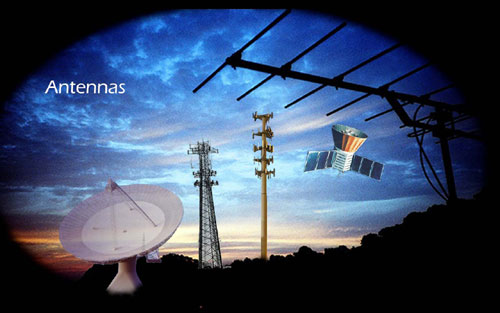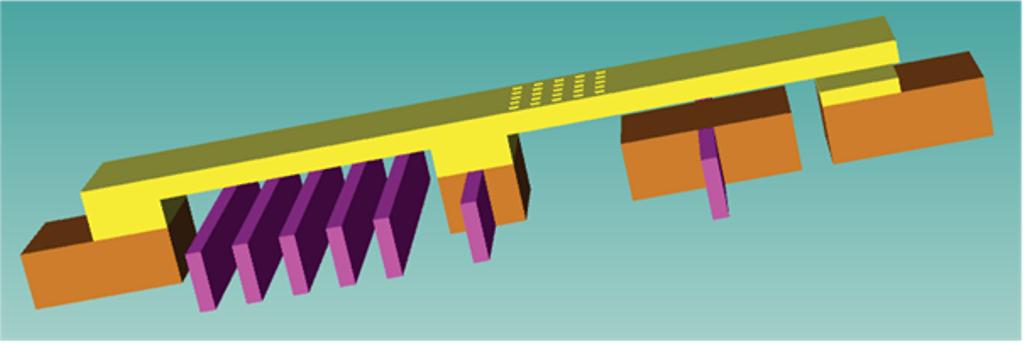Microwaves, Antennas and Propagation
Antenna Designs
 Novel antenna designs are required for the future needs. Future communication systems will require ultrawideband, multi-band and reconfigurable antenna systems. Generally, a reconfigurable antenna should be able to vary the operating frequency, polarization, impedance bandwidth and radiation pattern to fulfill the requirements of the application. Furthermore RFID and medical applications require flexibleand conformal antennas.
Novel antenna designs are required for the future needs. Future communication systems will require ultrawideband, multi-band and reconfigurable antenna systems. Generally, a reconfigurable antenna should be able to vary the operating frequency, polarization, impedance bandwidth and radiation pattern to fulfill the requirements of the application. Furthermore RFID and medical applications require flexibleand conformal antennas.
The antenna structures being considered are;
- Multi-band Antennas
- Reconfigurable Antennas
- Flexible Conformal Wideband Antennas
- Microstrip Patch Antenna
The Applications being considered are,
- Cognitive communication systems
- Radio Frequency Identification (RFID) Systems
- Medical Applications
RF MEMS
The exponential growth of wireless communications increased the need for more sophisticated system design, to achieve higher integration, power saving and robustness. Technological advances in radio frequency (RF) front-ends, such as reconfigurable antenna arrays, require state-of-the-art system design to allow operation in cognitive wireless networks. The design diversity of recon!gurable antennas, as far as beamforming is concerned, demands the use of variable geometry configuration, which should be precisely controlled via high quality switches such as the Micro Electro Mechanical Switches
(MEMS). MEMS are ideal for the simplicity, the compatibility with the microstrip lines, the robustness and the long term reliability since the switch has to be able to perform millions/billions of switching cycles.

Numerical Electromagnetic Modelling
Numerical electromagnetic models, such as Finite-Difference Time Domain (FDTD), have many applications. This method was originally put forward by K.S.Yee and implemented in Cartesian co-ordinates. However, if the structure being modelled does not align to the orthogonal Cartesian grid, staircasing errors are introduced. To resolve this problem, a number of conformal mesh-based FDTD methods have been developed, such as Contour Path FDTD , non-orthogonal FDTD and the Discrete Surface Integral (DSI) methods. The Non-Orthogonal FDTD method is very useful in modelling curved structures such as conformal antennas. This work concentrates on non-orthogonal and Cartesian FDTD techniques to model complex electromagnetic problems.
The applications being considered are, Analysis of complex electromagnetic problems in:

- Microwave Systems
- THz Systems
- Optical Systems